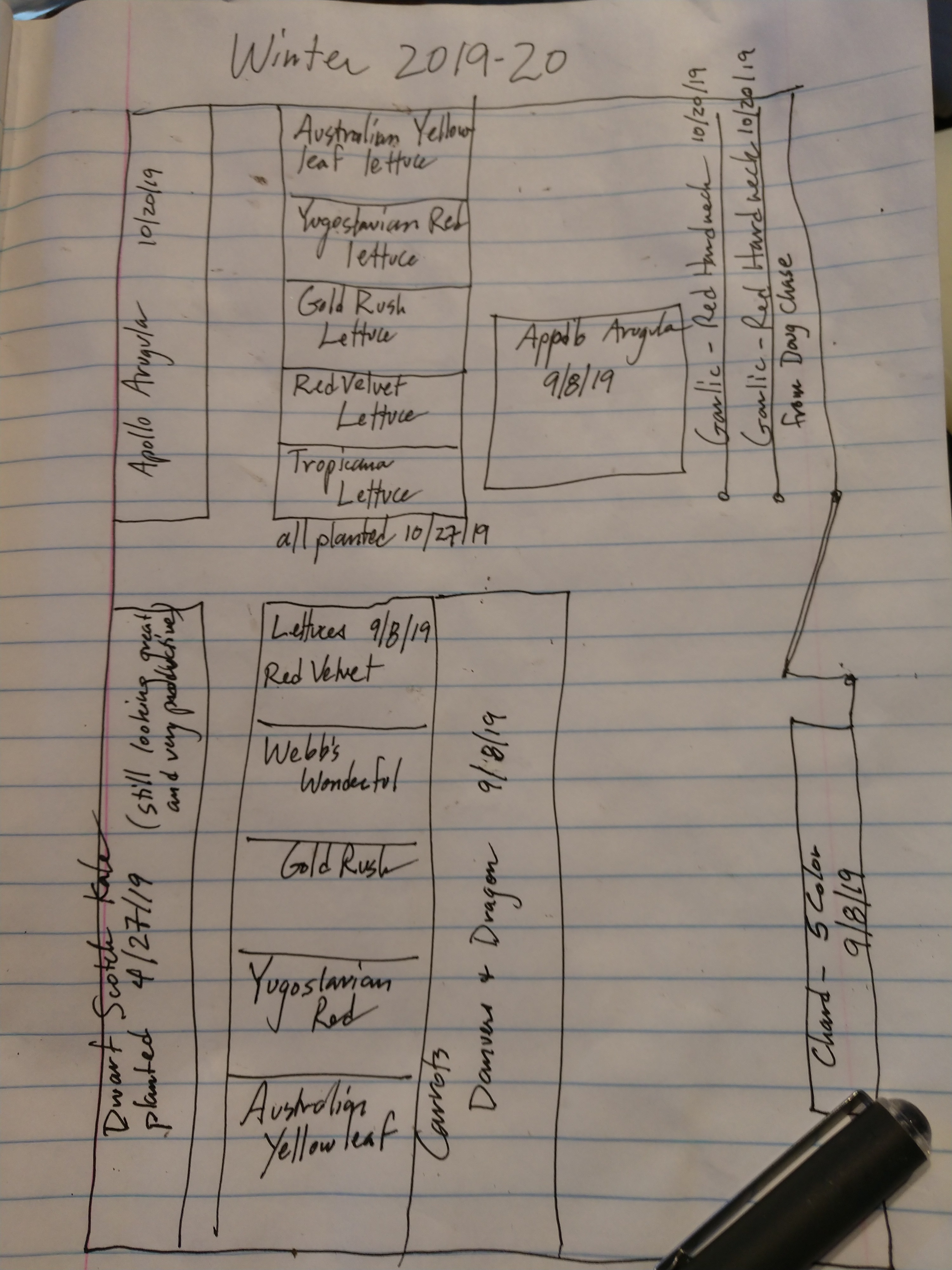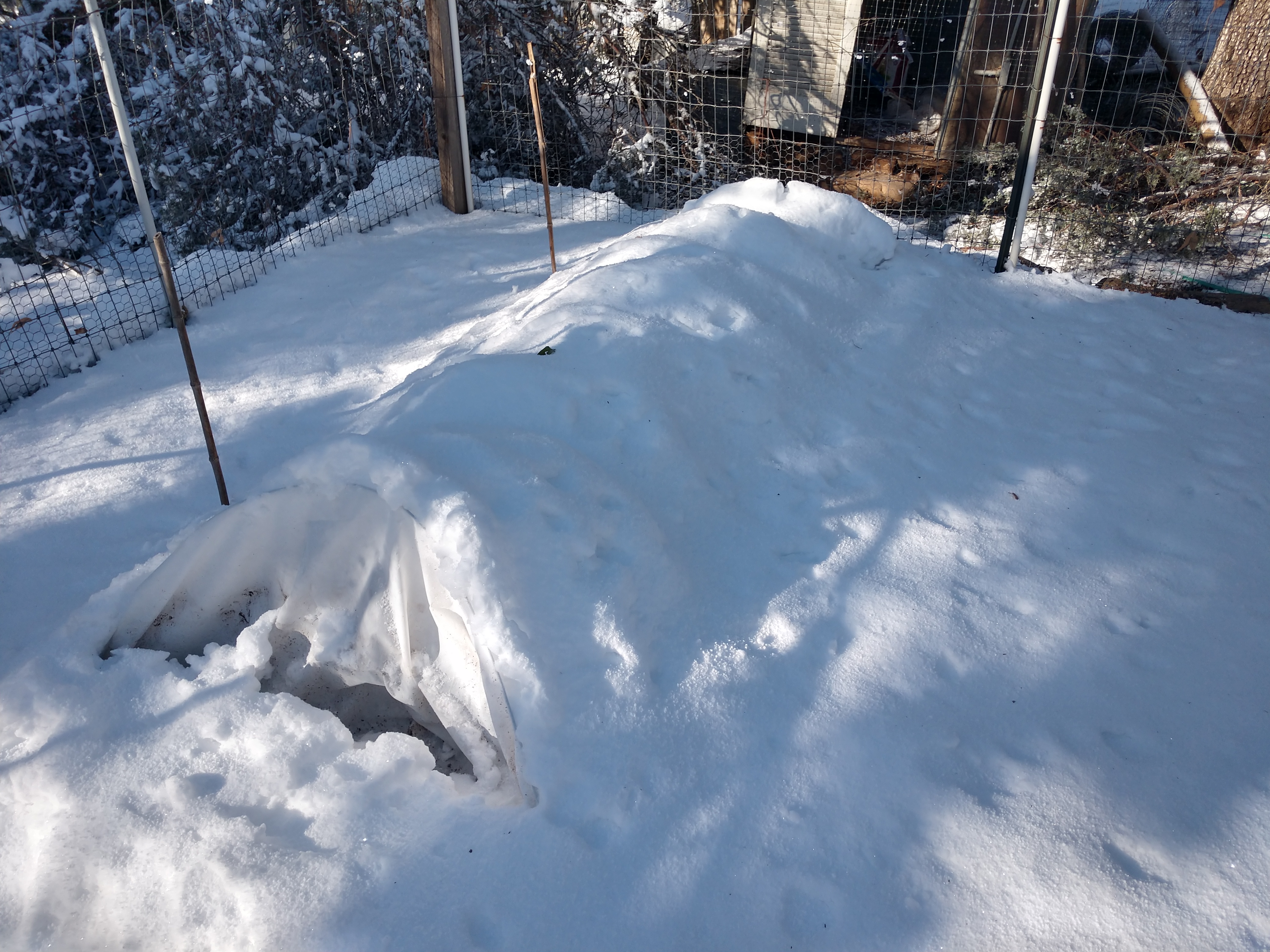 2020 Gardening Resolutions - January 1, 2020 Jeff Schalau, Agent, Agriculture & Natural Resources University of Arizona Cooperative Extension, Yavapai County As an Agricultural Extension Agent, I often assist local residents in solving their “gardening problems”. Over the past 21 years, I have observed that 90% of these problems are human-caused and even promoted by “gardening experts”. So, to help you get the New Year started with the greenest thumb possible, I offer you a few science-based gardening solutions and extending some ideas, resolutions, and references to improve your gardening results. You can make these solutions into resolutions by simply adopting them during the year. Practice Integrated Pest Management (IPM). All gardeners have occasional pest problems. However, before reaching for the nearest available pesticide, attempt to identify the pest, assess the degree of damage, and weigh the advantages or disadvantages of using a pesticide. Natural enemies of plant-eating insects may be present in large enough quantities to provide some natural control. The damage may be transient or cosmetic and not warrant treatment of any kind. There are also several alternatives to pesticides, which have little effect on non-target organisms: exclusion, growth regulators, pheromones, soaps, etc. Make No Pruning Cut Without Good Reason. There are two reasons to prune ornamental plants. These are (1) safety and (2) maintaining the health of the plant. Reasons not to prune: appearance of the plant, excess energy, new pair of pruners or saw. If you have a good reason to prune, do it correctly. Cooperative Extension has several publications on pruning. Also, for fruit tree pruning, watch the newspapers for dates and times of workshops during February and March. Start Composting. If you're a gardener and not composting, you are missing out on valuable resource and experience. Composting has many benefits and, when done correctly, it's not disgusting and stinky. If you are already compost, consider upping the ante by using worms or improving the efficiency or expanding your current system. Cooperative Extension offices and websites have publications on home composting. Plant Suitable Species for Your Area. There are many plants that simply have no business being planted in our area either because they are ill-suited to the climate, invasive, and/or use too much water. Plants that prefer humid climates and acid soils do poorly here. For landscapes, I recommend planting drought-adapted species (natives or well-behaved exotics) that conserve water and increase planting success. For edible crops, use efficient irrigation, protect plants from climate extremes, and grow varieties that are locally adapted. Know the Mature Size of Trees and Shrubs. Many of the cute little plants that are available at nurseries can become massive at maturity. Reputable nurseries can tell you how large a tree or shrub will be when mature. There is nothing as disheartening as seeing a beautiful, thriving tree or shrub that has been topped or otherwise mutilated because it was planted under utility wires or too close to a structure. By simply doing some research or asking questions, you will discover that many dwarf or compact varieties of common landscape plant species have been developed for smaller growing spaces. Keep a Gardening Journal. Have a simple notebook with notes about landscape plantings, planting/harvesting dates, soil preparation, species and varieties planted, and most importantly, how successful you thought your efforts were. A journal should also include maps that detail where you planted edible crops previously so that you can rotate these locations to minimize pest and disease problems. I use a college composition notebook and refer to it and add entries all the time. Visit Your Local Cooperative Extension Office. Meet the Yavapai County Master Gardeners, ask questions, request publications, attend our workshops and seminars, and think about becoming a Master Gardener volunteer yourself. In Cottonwood, we are at 2830 N Commonwealth Dr. Suite 103, in Camp Verde just off Hwy 260 near the County Jail, Sherriff’s Office, and Superior Court. We are open M-F 9am-noon and 1-4pm. Use the Backyard Gardener Website. The Backyard Gardener Website archive contains over 1,100 columns and is searchable. It is located at: http://cals.arizona.edu/yavapai/anr/hort/byg/. I have been writing these columns for over 21 years and the Backyard Gardener website is used by people all over the world. You can follow the Backyard Gardener on Twitter – use the link on the BYG website. If you have other gardening questions, call or email the Master Gardener help line in the Prescott (928-445-6590/prescottmg@gmail.com) or Camp Verde (928-554-8992/verdevalleymg@gmail.com) and be sure to include your name, address and phone number. Find past Backyard Gardener columns or provide feedback at the Backyard Gardener web site: http://cals.arizona.edu/yavapai/anr/hort/byg/. Images  Gardening notebook entry showing map of my 2019 fall garden (Photo by Jeff Schalau, University of Arizona).
Gardening notebook entry showing map of my 2019 fall garden (Photo by Jeff Schalau, University of Arizona). Actual garden showing low tunnel contructed with floating row cover, bent steel rods, and 2" x 2" fir poles (Photo by Jeff Schalau, University of Arizona).
Actual garden showing low tunnel contructed with floating row cover, bent steel rods, and 2" x 2" fir poles (Photo by Jeff Schalau, University of Arizona). Low tunnel under 10" of snow that fell over Thanksgiving 2019 (Photo by Jeff Schalau, University of Arizona).
Low tunnel under 10" of snow that fell over Thanksgiving 2019 (Photo by Jeff Schalau, University of Arizona).Additional Resources Integrated Pest Management, University of California Agriculture & Natural Resources ipm.ucanr.edu/ Pruning Cuts, Colorado State University Extension static.colostate.edu/client-files/csfs/pdfs/613.pdf Composting Yard Waste, Colorado State University Extension extension.usu.edu/rangeplants/shrubs-and-trees/Saltcedar Yavapai County Native & Naturalized Plants, University of Arizona Cooperative Extension, Yavapai County cals.arizona.edu/yavapaiplants/ |